TOP-7 Pros and Cons of Virtual Reality
Pros and Cons of VR - Comparative Table
FAQs on Pros and Cons of Virtual Reality
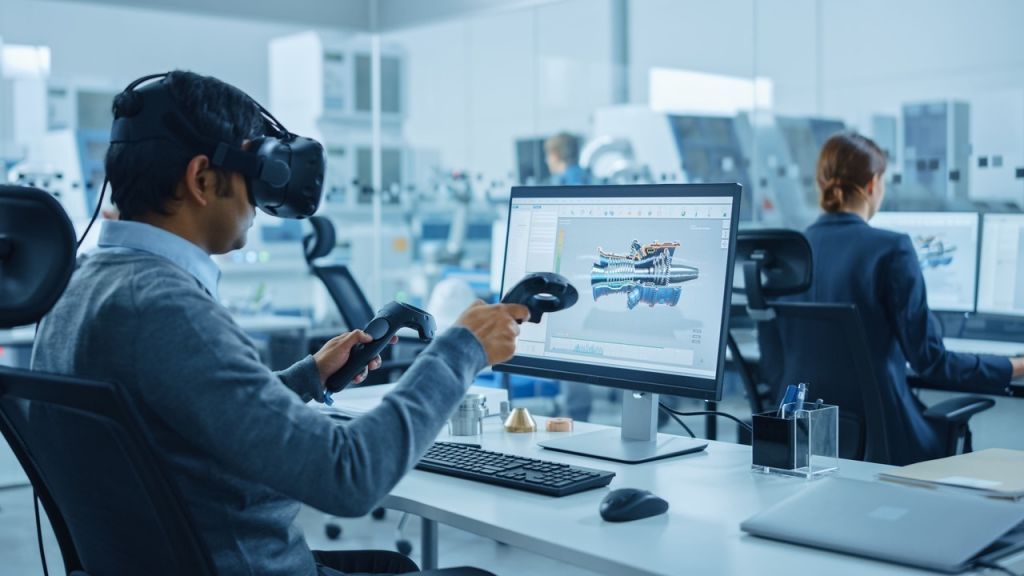
Virtual Reality (VR) is a cutting-edge technology that has captured the imagination of many. It promises to transform the way we interact with digital content, offering immersive experiences that were once only the stuff of science fiction. In this article, we will delve into the pros and cons of virtual reality, exploring the advantages it brings to the table as well as the challenges it poses. Join us on this journey through the virtual realm, where we'll examine the impact of VR on technology, users, and society as a whole.
Pros and Cons of VR - Comparative Table
|
Pros/Advantages |
Cons/Disadvantages |
|
1. Immersive experience |
1. High cost |
|
2. Training and simulations |
2. Health concerns |
|
3. Entertainment and gaming |
3. Limited mobility |
|
4. Architectural visualization |
4. Social isolation |
|
5. Therapeutic applications |
5. Technical limitations |
|
6. Virtual tourism |
6. Adaptation challenges |
|
7. Design and prototyping |
7. Accessibility concerns |
Cons
1. High Cost
The high cost of VR technology can be a significant barrier to entry. Quality VR headsets and capable hardware can be expensive, limiting access for budget-conscious consumers.
2. Health Concerns
Some users may experience motion sickness, eye strain, or other discomfort when using VR. The sensory dissonance between virtual and real-world movements can lead to these issues.
3. Limited Mobility
Depending on the VR setup, users may be constrained in their physical movements. Room-scale VR requires dedicated space, which not everyone may have available.
4. Social Isolation
Extended use of VR can lead to social isolation as users become engrossed in the virtual world, neglecting real-world interactions. Striking a balance between virtual and real-life relationships is crucial.
5. Technical Limitations
VR technology is still evolving, and there may be limitations in graphics quality, latency, and overall performance. Users may encounter technical challenges and occasional glitches.
6. Adaptation Challenges
For some individuals, adapting to the sensory overload and disorientation caused by VR experiences can be challenging. It may take time to acclimate to this new form of digital interaction.
7. Accessibility Concerns
Not everyone has access to the necessary hardware or equipment required for a seamless VR experience. Economic disparities and technological limitations can hinder widespread adoption.
Despite the exciting possibilities offered by virtual reality, there are certain drawbacks to consider. Firstly, the high cost of VR equipment can be a barrier for many individuals, limiting widespread adoption. Additionally, some users may experience motion sickness or discomfort due to the sensory dissonance between virtual and real-world movements. Moreover, limited content availability can restrict the variety of experiences accessible to users. However, with the Varwin platform, you can create an unlimited amount of 3D/VR content for virtual projects. Finally, prolonged use of virtual reality may lead to social isolation as users become engrossed in their virtual environments.
Pros
1. Immersive experience
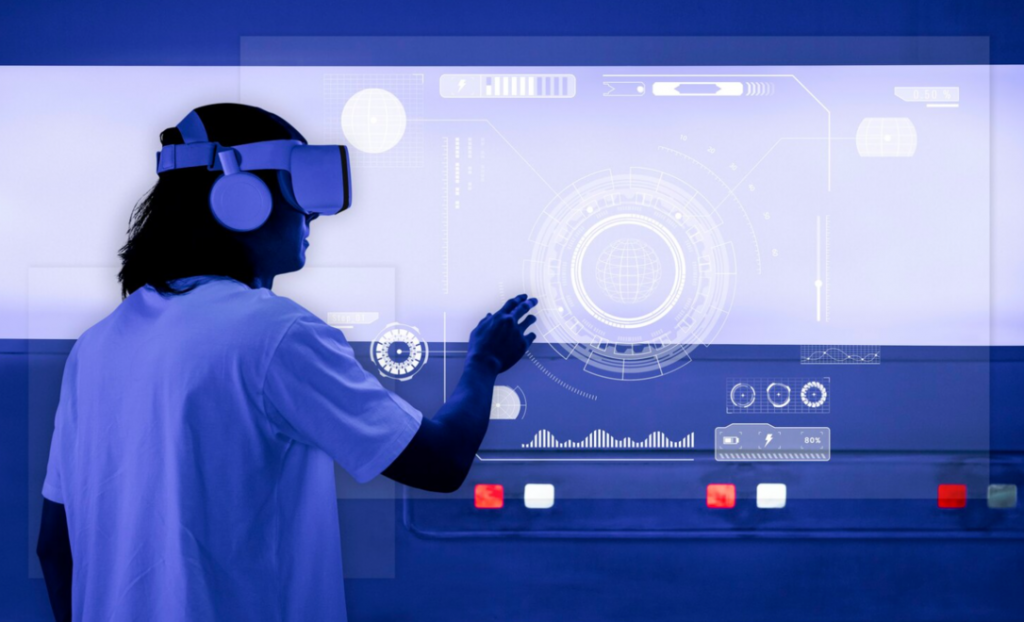
VR's most striking feature is its ability to provide an immersive experience. It takes users to a realm where they can interact with a simulated environment as if they were physically present. This heightened sense of presence adds depth and realism to entertainment, education, and various professional applications.
2. Training and Simulations
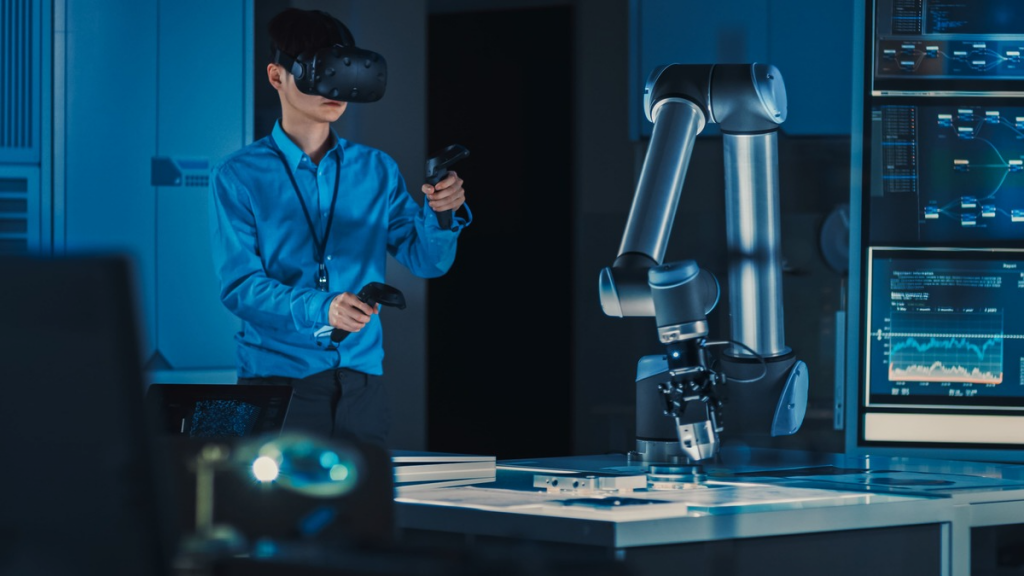
Virtual reality has revolutionized training across multiple industries. Whether it's medical professionals practicing surgeries, pilots honing their skills in flight simulators, or first responders training for emergencies, VR provides a safe and controlled environment for realistic simulations. Check the examples of VR projects made by Varwin team.
3. Entertainment and Gaming
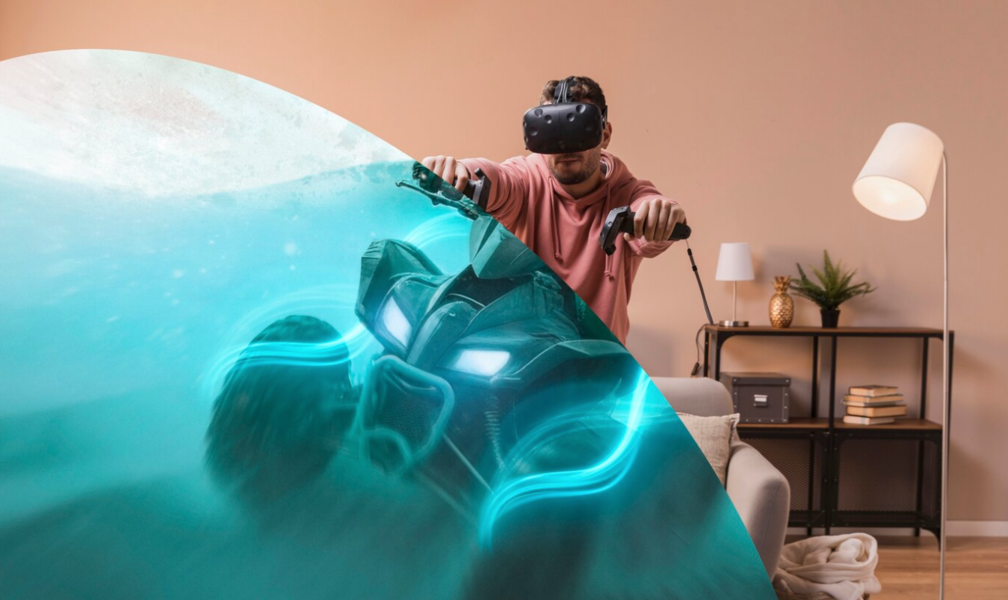
Gaming has witnessed a profound transformation thanks to VR. Gamers can now step inside their favorite game worlds and interact with characters and environments in unprecedented ways. VR gaming enhances engagement and immersion, making it a favorite among enthusiasts.
4. Architectural Visualization
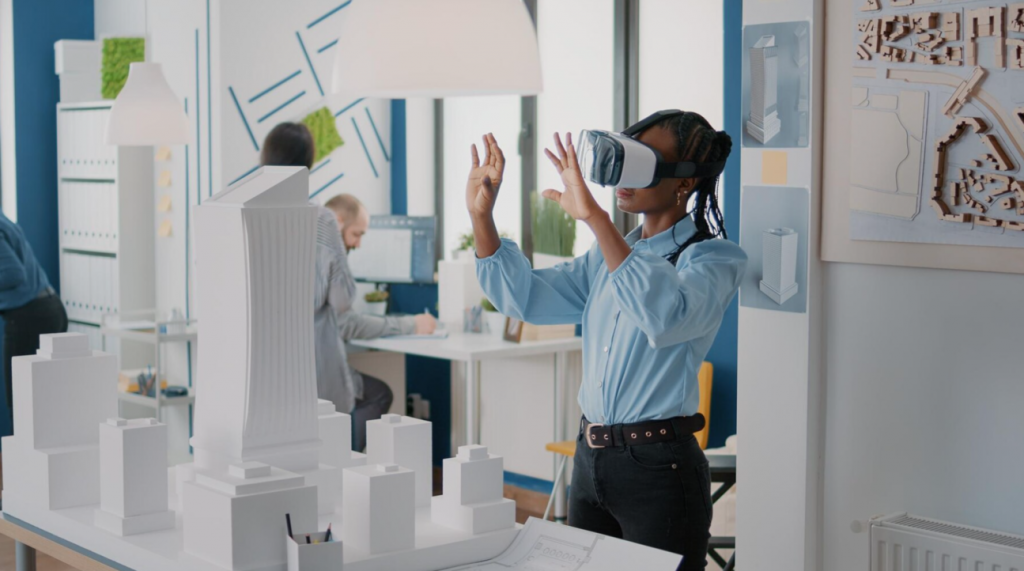
Architects and designers have embraced VR as a tool for architectural visualization. It allows stakeholders to take virtual tours of buildings before they are constructed, aiding in design evaluation and presentation. VR helps save time and resources in the architectural design process.
5. Therapeutic Applications
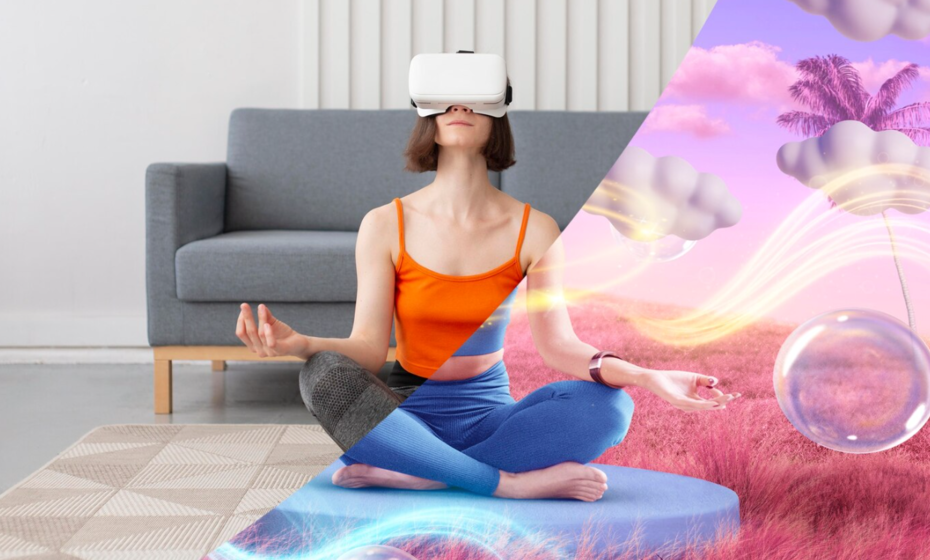
Virtual reality has shown remarkable potential in the field of therapy. It is used to treat phobias, post-traumatic stress disorder (PTSD), and anxiety disorders. VR-based exposure therapy helps patients confront and manage their fears in a controlled and gradual manner.
6. Virtual Tourism
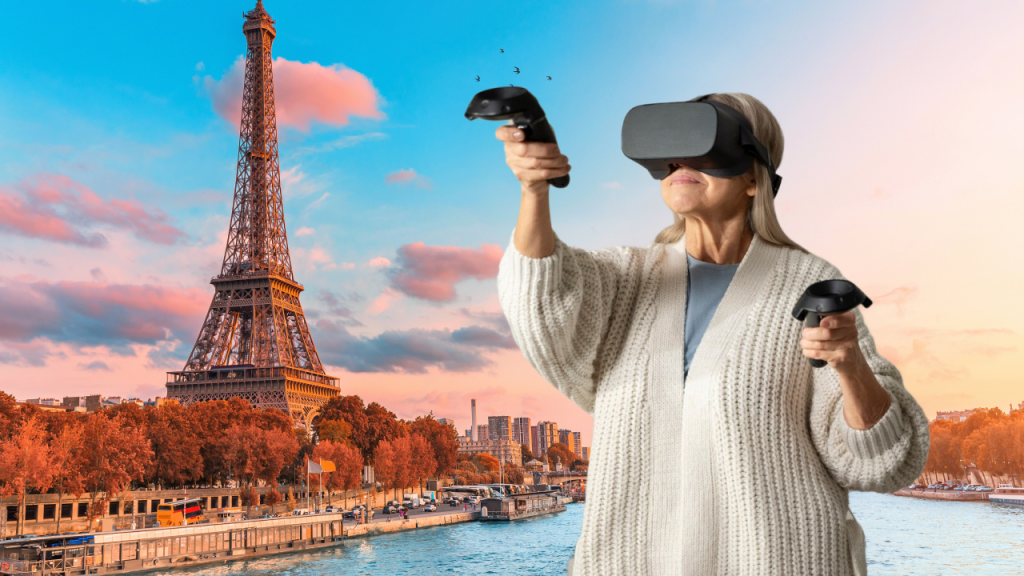
For those with wanderlust, VR offers a unique opportunity to explore the world from the comfort of their homes. Users can embark on virtual journeys, visit historical landmarks, and experience different cultures, all without leaving their living rooms.
7. Design and Prototyping
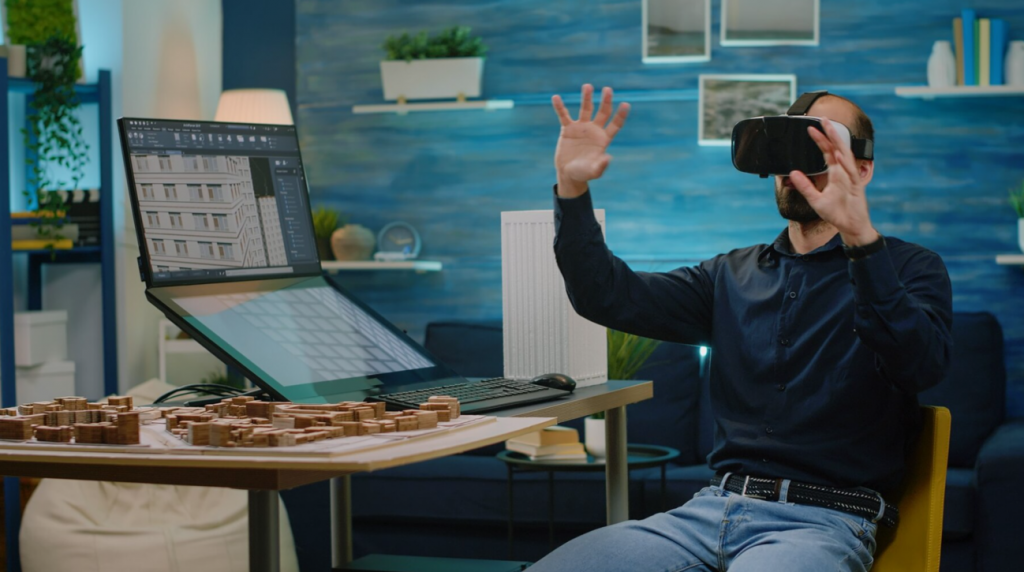
Designers and engineers benefit from VR's ability to visualize prototypes in a three-dimensional space. This aids in design validation, streamlining the development process, and reducing errors and costs associated with physical prototypes.
On the other hand, virtual reality offers several advantages. One of the major benefits is an enhanced user experience. VR allows individuals to immerse themselves in realistic and interactive environments, creating a sense of presence and engagement. Furthermore, virtual reality has proven to be effective in training and education, offering hands-on experiences and simulations in fields like medicine, aviation, and engineering. Virtual travel and exploration enable people to visit distant places and historical landmarks without leaving their homes. Additionally, businesses can leverage VR for experiential marketing, enabling customers to interact with products before making a purchase.
FAQs on Pros and Cons of Virtual Reality
How is virtual reality helpful?
Virtual reality can be helpful in various ways. It facilitates immersive training experiences, improves learning outcomes, allows virtual exploration of places, and offers unique marketing opportunities, among others.
How is virtual reality used in everyday life?
Virtual reality finds applications in everyday life, including entertainment, gaming, education, healthcare, architecture, and design. It can provide users with engaging experiences and practical solutions in different domains.
What are the advantages of virtual technology?
Virtual reality technology provides an enhanced user experience, immersing individuals in interactive environments that feel realistic. It also offers opportunities for training, education, and virtual travel, among other applications.
Does this mean that I can edit a stock VR project with Varwin XRMS without any assistance?
Yes, that’s right. Managing a VR project is as easy as creating a PowerPoint presentation: make your own changes using the visual puzzle block editor. And you can view your results immediately!
What files will we get after the development of the VR project?
You will get a .vwp file to be opened on the Varwin XRMS platform. Just drag and drop the file to the platform from anywhere on your computer and run the project on your PC or VR device!
What is Varwin SDK and why is it needed for development?
Varwin SDK is a free application for exporting objects and scenes from Unity to Varwin XRMS. Any model can be exported from Unity to our platform using this tool. Varwin SDK is what makes it possible to reuse previously created Varwin XRMS objects for other projects.
Do you model unique 3D objects? What is the process? What format do they have?
Yes, we model custom-made 3D objects. To do this, 3D objects are created in special programs such as Blender, Autodesk, or Maya. These programs create models that have no capabilities. These models are then imported into Unity and the coding is performed. Once the models are coded, they are transformed into three-dimensional objects with physical features and functions. Then they are exported to Varwin XRMS using Varwin SDK. The final objects are produced in .vwo format and are then used in the Varwin XRMS platform. Varwin objects are unique as they can be reused in other projects created on Varwin XRMS. This feature helps to considerably reduce the time and cost of developing a VR project.
Why is the development of a VR project using Unity + Varwin XRMS quicker than when using only Unity?
When developing a VR project using only Unity, it is necessary to take into account the time needed to customize the project for specific platforms and VR headsets. For example, if you ordered the development of a VR project on Unity for the HTC Vive VR helmet, the project will run only on this specific device. Varwin XRMS is a cross-platform application that allows a VR project to run on both a PC and most VR headsets. That is why development time is more than cut in half!
What is the main difference between developing a VR project using only the Unity platform versus using
Unity + Varwin XRMS?
Unity + Varwin XRMS?
Developing a VR project using only the Unity platform does not allow for immediate editing; a qualified programmer will be required to make changes. Development on Unity with Varwin XRMS allows for editing, modifying, and updating the project without requiring any coding knowledge. It is both simple and efficient, saving time and lowering costs. Any trained employee can make modifications to the finished project!
Do you teach how to manage Varwin XRMS based VR projects?
Sure. Managing VR projects based on Varwin XRMS is really very simple: the entire process takes place in visual Editor Blockly. This is as simple as creating a PowerPoint presentation.
Leave a request on cs@varwin.com if your employee needs to be trained. Training duration is 72 academic hours.
Do I need programming skills to control a VR project based on your platform?
No. Varwin XRMS platform allows creating, editing and managing a ready-made VR project without programming skills. Making corrections in the VR project is as simple as creating a PowerPoint presentation!
Visit https://varwin.com/unity-xrms/ to find more about managing VR projects based on the Varwin XRMS platform.
What is Varwin SDK?
Varwin SDK is a part of Varwin ecosystem, a supplement which enables importing and exporting 3D objects from Unity to Varwin XRMS platform.
Download Varwin SDK at: https://varwin.com/get-sdk/.
Where can Varwin XRMS be launched? Does the platform work on Android?
Today our platform can be launched on PC with Windows 10 (x64) or higher. Our team of developers is already working to make the platform be launched on most popular devices. VR projects created on Varwin XRMS platform can be launched in the view mode on most popular VR devices.
Detailed specifications: https://varwin.com/get-xrms/.
What is Varwin XRMS?
Varwin XRMS is a Unity-based constructor platform created by a team of Varwin developers. Varwin XRMS allows creating, editing and managing VR projects without programming skills.
Download the free version and explore the features of the platform: https://varwin.com/get-xrms/.
I want to order a VR solution. What are the work stages?
First we carry out a pre-project study. We study the task, make a scenario and prepare a technical assignment. A virtual project development stages are formed basing on the technical assignment. Development is done stage by stage that allows you to monitor the results and us to understand the feedback on the product.
I am not sure that VR will solve my problem. Do you conduct a personal demonstration?
Viewing a demonstration in VR glasses or helmets is an excellent opportunity to get acquainted with Varwin XRMS platform and virtual reality. Leave a request for a personal demonstration here, our managers will contact you and schedule the demo.
Is it difficult to train staff in virtual technologies?
VR is simple! Learning how to use a helmet and controllers can be done just in a few minutes since all actions are intuitive and education process takes place in the format of a game. We will train your staff to work on Varwin XRMS platform to edit and scale up the VR projects.
Contact us and we will help you figure it out. Feel free to write us on cs@varwin.com.
Why does our business need to introduce VR?
A high degree of diving that allows achieving high quality of the experience is the key feature of VR technologies. With this a person who uses a VR application has a possibility to practice the skills which can be difficult, expensive and dangerous to perfect in reality.
Due to high degree of diving a user gains an intensive emotional experience that allows creating entertainment and educational content of entirely new level.
Our budget is limited, your offer is very expensive!
The cost of VR project development depends on the task to be solved. One of the advantages in using virtual reality in business is reduction of costs for the given processes. This is much better than using traditional solutions!
Order a VR project for business and see for yourself.
Do you conduct a pre-project study?
Yes. Pre-project study is a stage preceding the development of a full-fledged VR project. Our experts will thoroughly examine your business objectives, test hypotheses and offer solutions. It takes 2 to 5 weeks. Following the results you will receive a technical assignment, a scenario, a road map, and a risk register.
To learn more about Varwin pre-project study, its types and cost please write us on cs@varwin.com.
Let's Check VR Pros With Us
Virtual Reality (VR) has indeed emerged as a game-changer in multiple fields. Its immersive experiences have found applications not only in gaming and entertainment but also in industries like healthcare, manufacturing, and education. For instance, VR is being utilized in medical training to simulate surgeries and in manufacturing to offer realistic virtual tours of production facilities before they are built.
Moreover, the potential for VR in therapy and rehabilitation is proving to be groundbreaking. It allows patients to engage in virtual environments that aid in their recovery process. This is particularly effective for individuals with mobility issues or those dealing with phobias.
However, it's important to acknowledge the hurdles that VR technology faces. The cost of entry, including high-quality headsets and compatible hardware, can be a significant barrier for many potential users. Additionally, concerns about motion sickness and discomfort during prolonged use remain pertinent.
Furthermore, privacy and security issues must be addressed to ensure that users feel secure in their virtual experiences. As VR becomes more integrated into our daily lives, these concerns will demand careful attention and solutions.
As technology continues to advance, we can expect VR to become more accessible and refined, potentially overcoming some of these current challenges. For now, embracing the pros while remaining aware of the cons is the best approach to make the most out of this exciting technology. Whether you're an early adopter or cautiously observing from the sidelines, virtual reality is undeniably shaping the future of digital interaction. So, why not step into the virtual world and experience its potential firsthand?
With Varwin, you can harness this transformative technology to create interactive virtual projects tailored to your needs. From architectural walk-throughs to immersive training simulations, VR offers a wide range of possibilities. Varwin's comprehensive VR solutions can help mitigate many of issues, employing cutting-edge technology to provide smooth, immersive experiences for a broad audience. Furthermore, with its user-friendly interface and wide compatibility, Varwin prioritizes accessibility, breaking down technological barriers to pave the way for broader VR adoption. Despite the potential drawbacks, the captivating world of VR awaits, promising a breathtaking exploration into the future of digital interaction.
Customized VR development on the Varwin XRMS Platform
Varwin specializes in developing B2B-solutions using its own VR constructor. We develop VR projects for any task: virtual simulators for industry, marketing, retail and others.
We develop virtual reality solutions for any task and make managing your VR projects simple with the Varwin XRMS platform - no programming knowledge required. Varwin XRMS cross-platform is configured from the very beginning: it allows VR projects to run on most popular platforms and VR devices.
Varwin XRMS
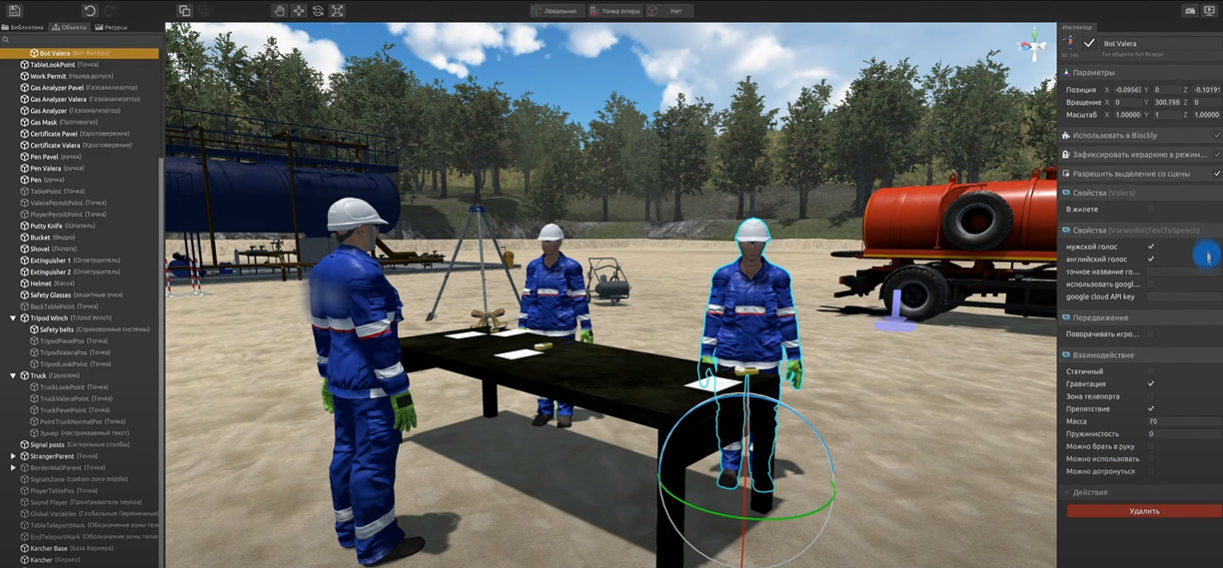
Varwin XRMS is a platform based on the Unity engine. But with the XRMS platform, users without any programming skills are able to easily manage and make changes to VR projects.
This means that Varwin XRMS users have the power to create, edit, and control their 3D and VR content. No developers or programmers are required. In addition to simplicity and independence, the XRMS platform also offers compatibility.
This means that Varwin XRMS users have the power to create, edit, and control their 3D and VR content. No developers or programmers are required. In addition to simplicity and independence, the XRMS platform also offers compatibility.
Because the XRMS platform is based on the Unity framework, VR projects can be developed in both programs. For development in Unity, we offer Varwin SDK. This is a software development kit that makes it simple to export objects from Unity to the Varwin XRMS. Content such as objects and scene templates can be created in Unity and then migrated to the XRMS platform with the help of the Varwin SDK application.

Try Varwin XRMS for free!
Check out the platform's functionality or create your first VR application.
Windows 10 or higher, x64
Customers without any programming skills are able to easily manage and make changes to VR projects. This means that Varwin XRMS users have the power to create, edit, and control their 3D and VR content. No developers or programmers are required. In addition to simplicity and independence, the XRMS platform also offers compatibility.
Our team of experts is here to guide you every step of the way, providing support and guidance as you navigate the vibrant realm of VR. Your virtual reality awaits!


